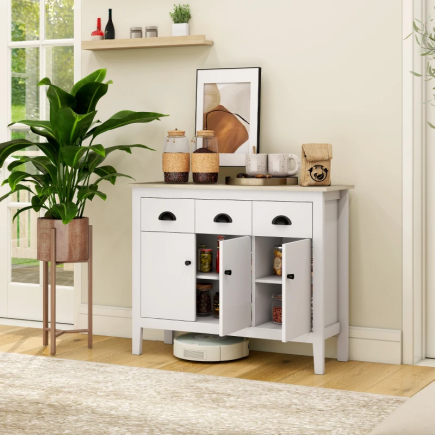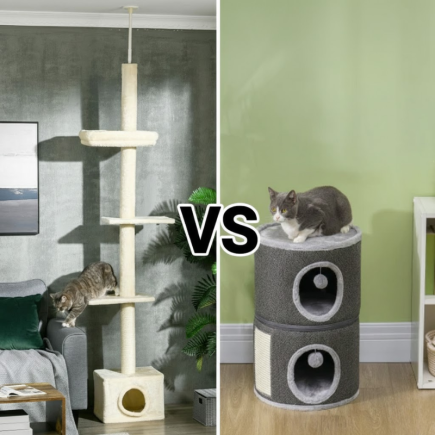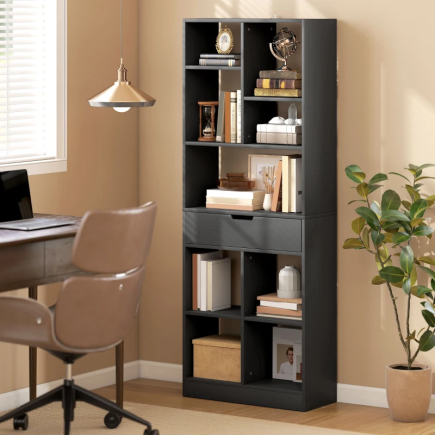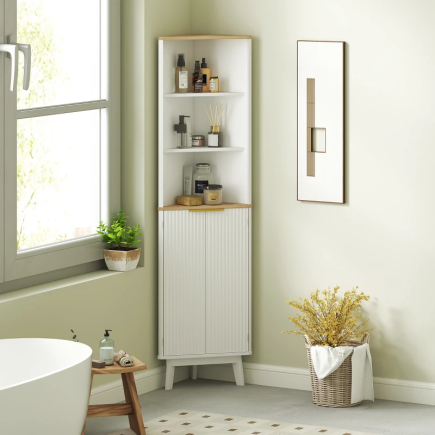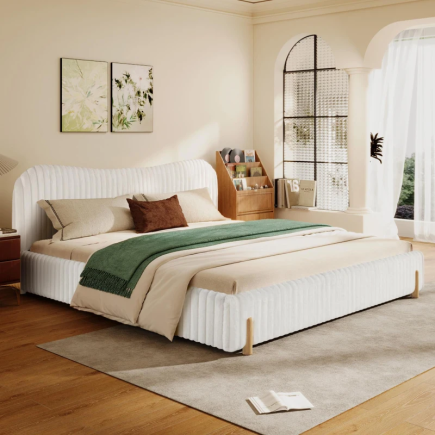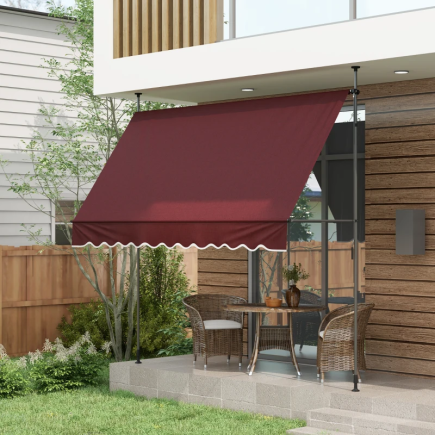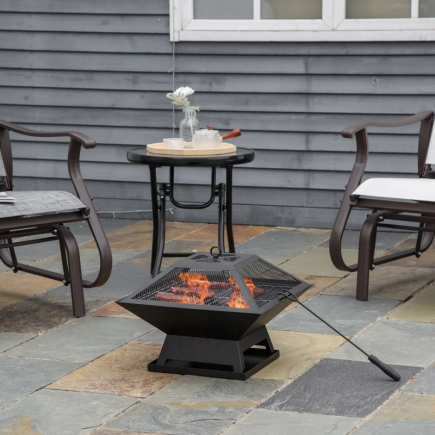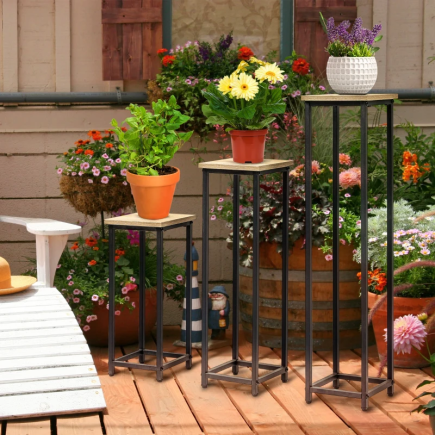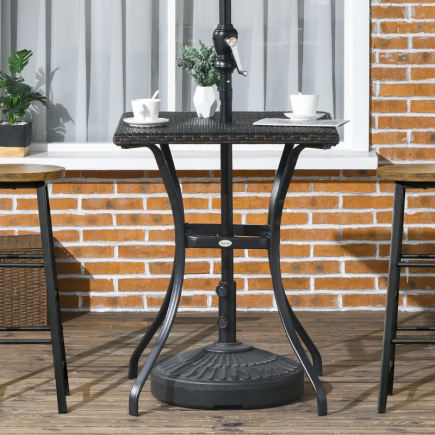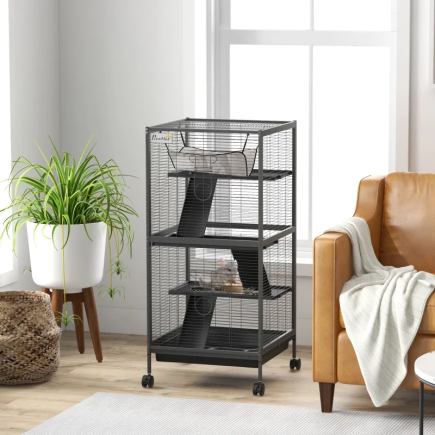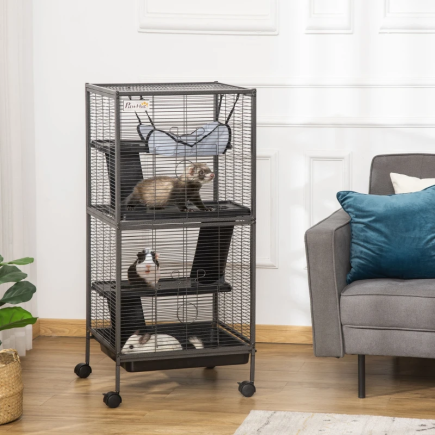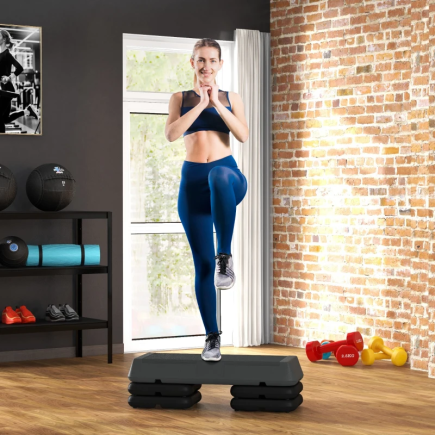When the temperature drops, a space heater can quickly make your home more comfortable. Unlike central heating, which warms every room, a portable heater targets the space you’re using, saving energy while keeping you cozy.

With so many types available, choosing the right one can be tricky. Models differ in heating method, coverage, efficiency, and safety features. This article covers everything you need to know, from heater types and performance to safety and maintenance, so you can find the best fit for your needs.
1. Matching Heating Capacity to Room Size
Heating capacity is often measured in watts, and getting this right is essential. A heater that’s too small will run constantly without making the room comfortable, while one that’s too large may overheat the space and waste energy.
As a general rule, you need about 10 watts of heating power for every square foot of room space. This means:
| Room Size | Recommended Wattage | Ideal Heater Types |
| Up to 150 sq. ft. | 750–1000W | Compact ceramic, infrared |
| 150–300 sq. ft. | 1200–1500W | Oscillating, fan-forced |
| 300+ sq. ft. | 1500W+ | Large oscillating, convection tower |
Other factors to consider:
- Ceiling height: Rooms with high ceilings require more power.
- Insulation: Poorly insulated rooms lose heat quickly and need stronger heating capacity.
- Drafts: Areas with frequent door openings or window drafts will require faster, more targeted heating (such as fan-forced or infrared models).
2. Prioritizing Safety Features
Because space heaters operate at high temperatures, safety should never be an afterthought. Modern models often include built-in protections to help prevent accidents and ensure worry-free use.

Look for:
- Overheat Shut-Off: Automatically turns the unit off if internal components get too hot. This prevents overheating that could damage the unit or cause a fire.
- Tip-Over Protection: Shuts the heater off instantly if it’s accidentally knocked over, especially important in homes with pets or children.
- Cool-Touch Housing: Keeps the exterior surface safe to touch, reducing the risk of burns.
Safety features aren’t optional, they’re essential for everyday use.
3. Evaluating Heating Performance
A heater’s wattage isn’t the only measure of its performance. You also need to consider how evenly and consistently it delivers heat.
Key performance features include:
- Thermostat Control: Lets you set and maintain your preferred temperature automatically, avoiding constant manual adjustment.
- Multiple Heat Settings: Gives you flexibility for different weather conditions, allowing low, medium, or high output.
- Oscillation: Provides more uniform heat distribution in larger or oddly shaped rooms.
If your home has rooms that heat unevenly, oscillating or fan-assisted heaters tend to perform better than stationary models.
4. Considering Energy Efficiency
Since space heaters can run for hours at a time, energy efficiency is important to control operating costs. Efficient models include:

- Eco Mode: Reduces energy consumption by lowering the heat output once the desired temperature is reached.
- Programmable Timers: A programmable 24-hour timer allows you to schedule heating for comfort and efficiency, even while you sleep.
- Low-Wattage Modes: Provide gentle background warmth for milder days without using full power.
You can further improve efficiency by using your heater to supplement rather than replace central heating focusing warmth only where you need it most.
5. Noise Levels and Comfort
The sound a space heater makes can affect how comfortable it is to use, especially in quiet areas.
- Fan-Based Models: Heat the room quickly but produce a steady hum or airflow noise, which may be noticeable in bedrooms or studies.
- Convection and Infrared Models: Operate quietly since they don’t rely on fans, making them better for nurseries, offices, or relaxation spaces.
If you’re sensitive to noise, choose a heater known for quiet operation. Placing it on a stable, level surface can also help reduce vibrations and unwanted sound.
6. Placement and Portability
Where you position a space heater has a direct impact on both its efficiency and safety. Poor placement can lead to wasted heat, uneven warmth, or even potential hazards.
For example, placing a space heater near an open doorway or drafty window allows heat to escape, forcing the unit to work harder and consume more energy. On the other hand, positioning it too close to curtains, upholstered furniture, or bedding increases the risk of fire. The safest location is on a flat, stable surface in a spot that allows heat to circulate freely without obstructions.
When it comes to portability, design features can make a big difference in how easy a heater is to move from one room to another:
- Lightweight Models: Best for quick relocation between spaces, allowing you to target heat where it’s needed most.
- Built-In Handles or Wheels: Helpful for larger or heavier heaters, reducing strain when moving them.
- Cord Length: A longer cord allows more flexibility in placement, but it’s important to plug heaters directly into a wall outlet to avoid extension cords, as they can overheat and pose a safety hazard.
For optimal results, place your heater in the area you use most, away from high-traffic walkways to prevent tripping, and angle it toward the part of the room where warmth is most needed.
7. Maintenance and Cleaning
A heater that’s easy to maintain will operate more efficiently and have a longer lifespan. Dust build-up can block airflow, reduce heating performance, and create unpleasant odours during use.
- Removable Filters: Make it simple to clear out dust and debris, helping maintain strong airflow.
- Accessible Vents: Allow you to wipe or vacuum dust without dismantling the unit, saving time and effort.
During heavy-use seasons, clean your space heater regularly to keep it running safely and efficiently.
8. Understanding the Main Types of Space Heaters
While all Tower Space Heaters share a tall, vertical design that saves floor space, they use different heating technologies. Each type works in its own way and is best suited to certain spaces.
Ceramic Tower Heater

Ceramic Tower Heater uses a ceramic heating element to warm air quickly and evenly. Often includes multiple heat settings for flexibility, making it ideal for medium-sized rooms such as bedrooms or home offices.
Infrared Tower Heater

Infrared Tower Heater uses infrared technology to heat people and objects directly rather than warming the air first. This creates instant comfort and helps maintain natural humidity, making it suitable for reading corners, workstations, or drafty areas.
Fan-Forced Tower Heater
Fan-Forced Tower Heater uses an internal fan to push warm air into the room for fast, targeted heating. A good choice for kitchens, workshops, or small to medium rooms that need quick warmth.
Convection Tower Heater
Convection Tower Heater uses natural air circulation to spread heat gradually and quietly. Ideal for bedrooms, libraries, or other quiet spaces where you want steady, background warmth.
9. Extra Features That Add Value
Certain features can make a space heater easier and more enjoyable to use:

- Remote Control: Lets you adjust settings from across the room.
- Digital Display: Clearly shows temperature, mode, and settings at a glance.
- Memory Function: Saves your last settings for quick start-up next time.
While not essential, these extras can improve daily convenience and make operating the heater more comfortable, especially in frequently used spaces.
Choosing the Right Heater
Choose a Space Heater that matches your room size, preferred heating method, and comfort needs. Prioritize safety features, look for energy-saving functions, and ensure it fits your space and can be moved easily. The right heater will keep you warm, safe, and efficient all winter.
FAQs
1. What is the safest type of space heater?
The safest type of space heater is one with built-in overheat protection, tip-over shut-off, and cool-touch housing. Ceramic space heaters are often considered the safest choices for indoor use due to their stable heating and safety features.
2. Can I run a space heater all day?
You can, provided it’s designed for continuous use and has built-in safety shut-offs. Still, it’s safer to turn it off when you leave the room for extended periods.
3. Do ceramic space heaters emit harmful radiation?
No, ceramic space heaters do not emit harmful radiation. They produce safe, infrared-like warmth that heats efficiently, making them suitable for everyday indoor use.

